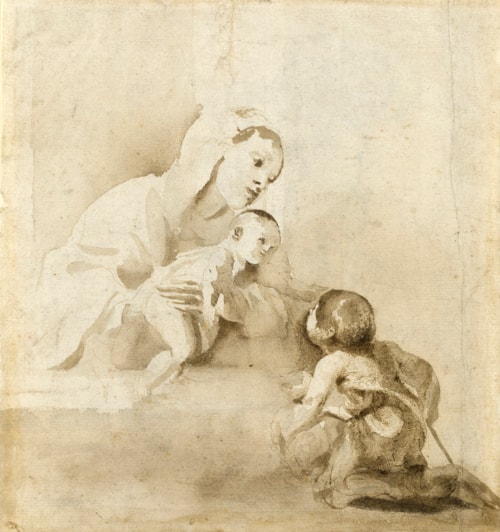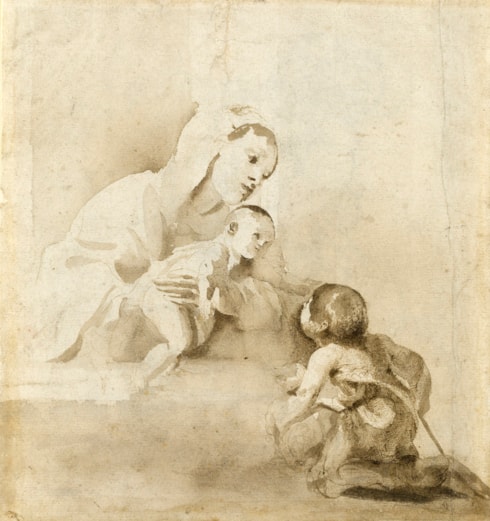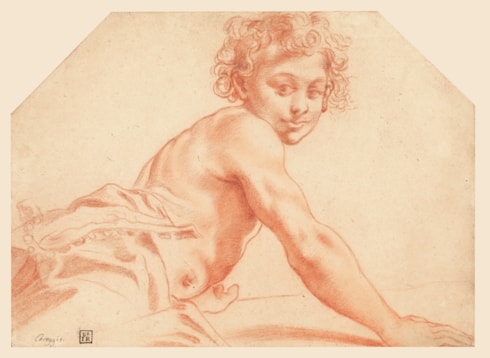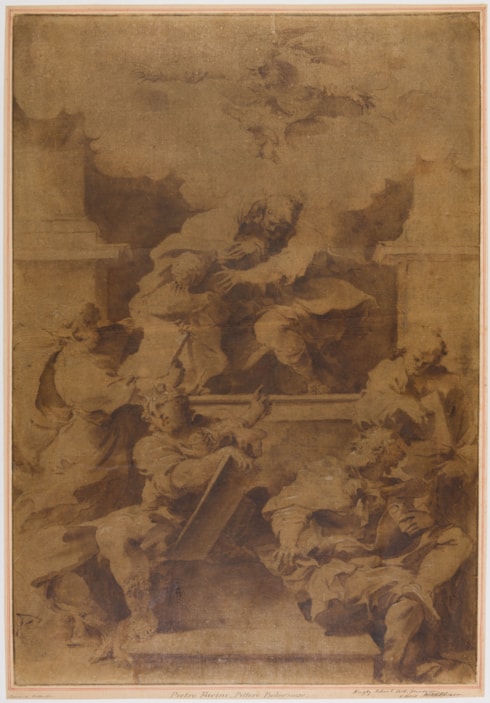
Pietro FACCINI
Bologna 1562 - Bologna 1602
Biography
Pietro Faccini’s brief career seems to have begun at a relatively late age, when around 1583 he entered the Carracci academy in Bologna. His precocious talent is said to have aroused the jealousy of Annibale Carracci, however, and in the 1590’s Faccini left the Carracci academy, later setting up his own school. By this time he was already receiving independent commissions for altarpieces, and indeed the one known dated work by him, an early Martyrdom of Saint Lawrence painted for the Bolognese church of San Giovanni in Monte, was painted in 1590. He may have traveled to Venice, and the influence of Tintoretto noted by his biographer Cesare Malvasia is evident in some of his later works. According to Malvasia, Faccini was a productive painter known for his small-scale decorative pictures, although only a handful of paintings by him survive today. Held in high regard by his contemporaries, he was elected alongside Guido Reni and Francesco Albani as one of the fifteen consiglieri of the Compagnia dei Pittori in Bologna in 1599. One of his last major works was an altarpiece of The Assumption of the Virgin, painted for the church of Santa Maria dei Servi in Bologna. Although strongly influenced by both Annibale and Ludovico Carracci, Faccini developed a fairly idiosyncratic style, and unlike them had few obvious followers.
Aptly described by one scholar as ‘one of the most creative and original draughtsmen of the Emilian school’, Faccini worked in a variety of techniques, using pen and ink wash, red and black chalk, watercolour and oiled charcoal. He was an accomplished and versatile draughtsman, and his drawings were greatly admired for what Malvasia calls their ‘gran spirito’. They were especially popular with collectors, and Cardinal Leopoldo de’ Medici is said to have owned over a hundred drawings by the artist. Guercino also admired Faccini's drawings, which were a strong influence on his early chalk style, and is known to have possessed a number of ‘nudi d’accademia’ by the artist. In fact, Malvasia reserves special praise for Faccini’s drawings of the male nude, which he notes were often confused with those of Annibale Carracci: ‘so many drawings from the nude, that one sees an infinity of his models in all the most famous collections...so sensational, so darting, fluttering, and what is more, so easy and frank, that look as if they were by his master [ie. Annibale Carracci], many are sold every day as if the work of his hand.’ Important groups of drawings by Pietro Faccini, for the most part unpublished, are in the Uffizi, the Louvre, the Kupferstichkabinett in Berlin and the Galleria Estense in Modena.




